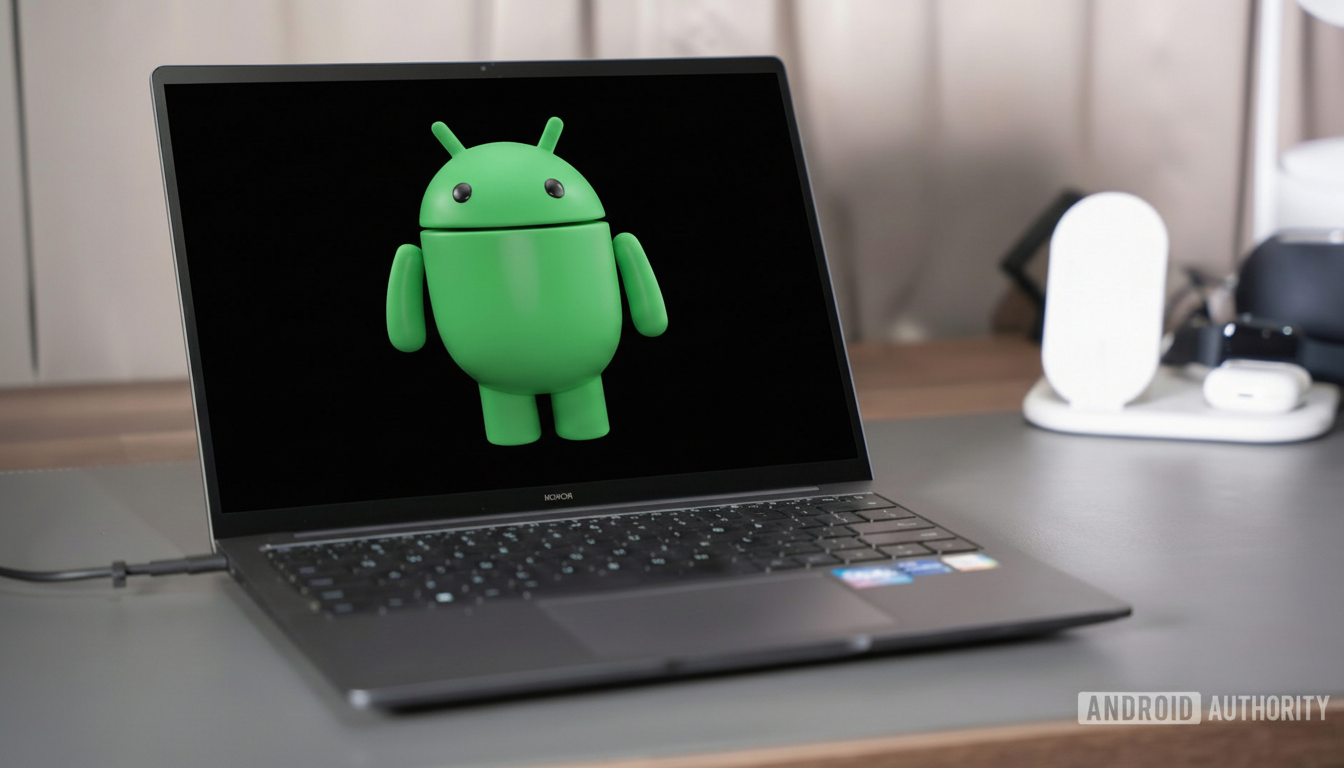Yes, Google is working on a new desktop-grade platform called Aluminium OS, an AI-first Android interface made to close the well-established gap between phones, tablets, and full PCs. Early indications suggest that Android and ChromeOS may be merging under one big tent, marking Google’s most ambitious effort to make Android a viable laptop operating system and desktop alternative.
What Aluminium OS Is and the Devices It Targets
Aluminium OS is referred to internally as an AI-centric Android operating system. Android Authority reported the codename’s association with a since-deleted Google job listing saved by Archive.today that cited “a complete portfolio” of laptops, detachables, tablets, and compact “boxes.” That range indicates Google is aiming at everything from ultra-portable laptops to set-top-style mini-PCs.

The endeavor mirrors Google’s public claims of greater Android–ChromeOS harmony and new AI-native experiences. Read between the lines, and it’s virtually a mandate: one platform that can play host to mobile apps, desktop workflows, and assistant-level AI tasks, without fragmentation or clumsy bridges.
Why Google Is Acting Now and What It Means for PCs
Android underpins over 3 billion active devices worldwide, though its footprint on the more traditional PC has been less notable. ChromeOS has found a niche—particularly in the education market—but industry trackers such as IDC have for many years posited its worldwide shipment share in the low single digits. Combining platforms would allow Google to eliminate overlap, streamline developer targets, and cast a wider net in both consumer and enterprise markets.
The timing also comes against the backdrop of a shifting PC landscape. Microsoft has drawn the curtain on its Windows Subsystem for Android, leaving a void in mobile-app compatibility on desktops. Meanwhile, Android’s big-screen push has strengthened, with app guidelines, resizable windows, and keyboard-first UX coming along quickly. Aluminium OS seems like the next logical progression: an official desktop where Android is homegrown, not mimicked.
Hardware and AI Foundation Powering Aluminium OS
Google has partnered with Qualcomm for PC-class silicon with powerful NPUs, the sort of on-device acceleration that will be required to run low-latency AI models. The company’s newest PC chips boast over 40 TOPS of NPU grunt, a figure that allows for features such as real-time transcription, image creation, and context-aware assistants without the need for constant cloud interrogations.
That matters because Google’s Gemini family of models is increasingly built to run partially on-device for privacy, responsiveness, and cost-control purposes. A desktop Android with on-device AI gives offline summarization, code completion, multimodal search, and proactive task automation that is OS-native instead of bolted on. Photos might be too simple for end-to-end X-world interaction.

How Aluminium OS Might Work on Traditional Desktops
Anticipate a windowed, keyboard-and-mouse-first shell that has Android at its core. The app engine would remain ART, but the desktop layer should include strong multi-window controls, multi-monitor support, better management of desktop files, and more comprehensive peripheral compatibility. Consider Play Store apps that scale with no issues to an ultrawide screen and web apps/PWAs treated as first-class citizens.
Google has made the investment in desktop-level Android patterns — taskbar behaviors, drag-and-drop, optimized layouts — across tablets and foldables already. Bringing those up to the same level as Android Enterprise for full PCs with device management, verified boot, and advanced user separation (which we already have in Copper OS) would be possible using a proper platform like Aluminium OS.
What This Means for ChromeOS and Android
Indicators are more suggestive of convergence than a hard sunset. All the strengths of ChromeOS — tight security model, quick updates, browser-dominated workflows — are great, but developers have been wanting one target where Android apps Just Work for years. Aluminium OS describes a vision where ChromeOS ideas dictate the desktop and Android the applications.
The big unknown is the upgrade paths. Whether the current crop of Chromebooks will be able to make their way to Aluminium OS will be a factor of available chips, firmware, and Google’s stance on security. Devices based on newer ARM PC platforms look to be the most obvious first wave, but “boxes” referred to in the job listing suggest affordable form factors that could really drive broad adoption.
Key Questions About Aluminium OS That Remain Unanswered
There is no hardware list, feature matrix, or official timeframe for the release. It remains unclear how much of Gemini’s abilities will be available on-device and what kind of functionality will have to rely on the cloud. It’s also unclear exactly how Android developers will package these desktop enhancements — one APK, adaptive layouts, new targets, or otherwise. And with the Android Authority reports setting the codename and intention, Google hasn’t been clear on what migration plans, if any, it has for schools and businesses already enmeshed with ChromeOS management tools.
Despite those gaps, the trend is clear. For the Aluminium era, Google wants to provide a single intelligent computing platform that could cover all your bases from your pocket up to your desktop. If it delivers on app compatibility, performance with modern NPUs, and a desktop UX that feels truly premium this time around, Google might finally have an answer to the question of Android-on-PC — and a viable contender in the next generation of AI PCs.

